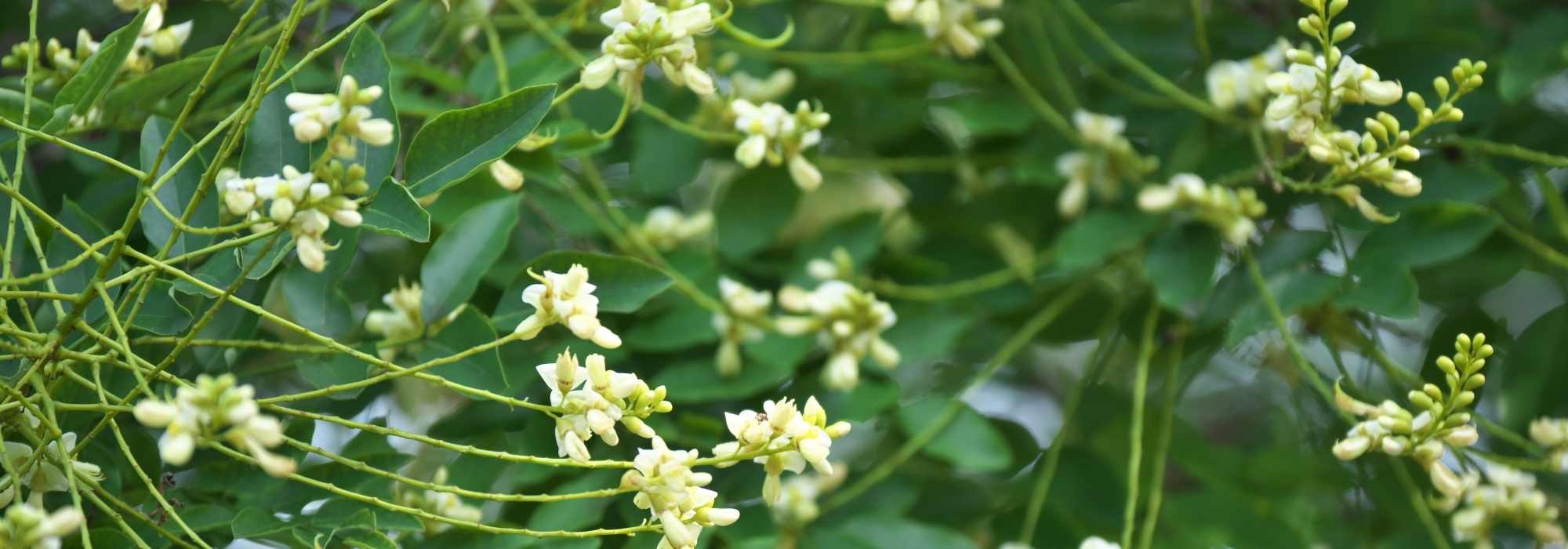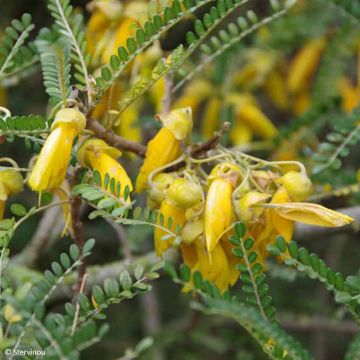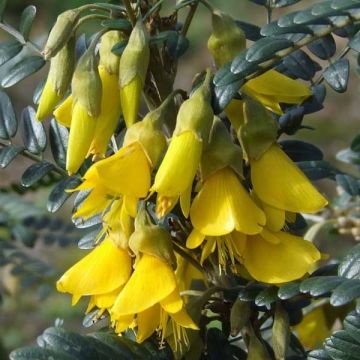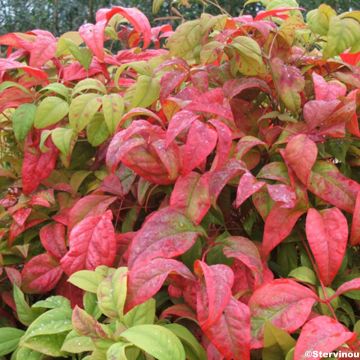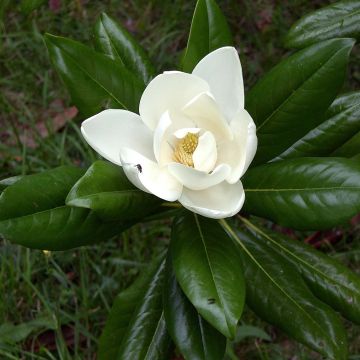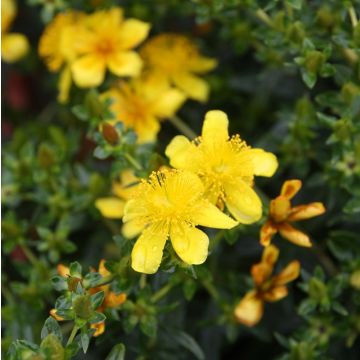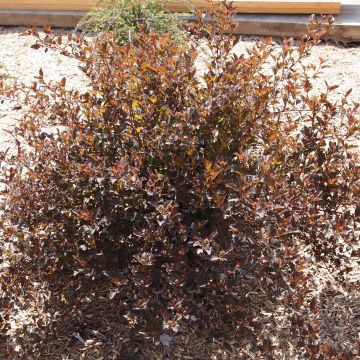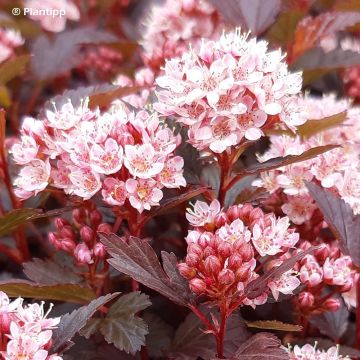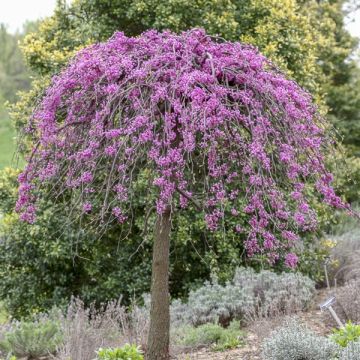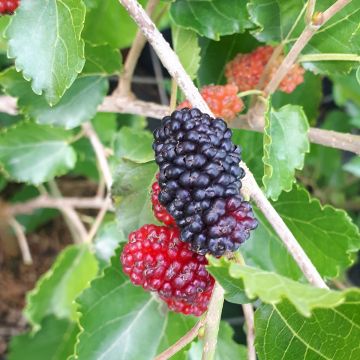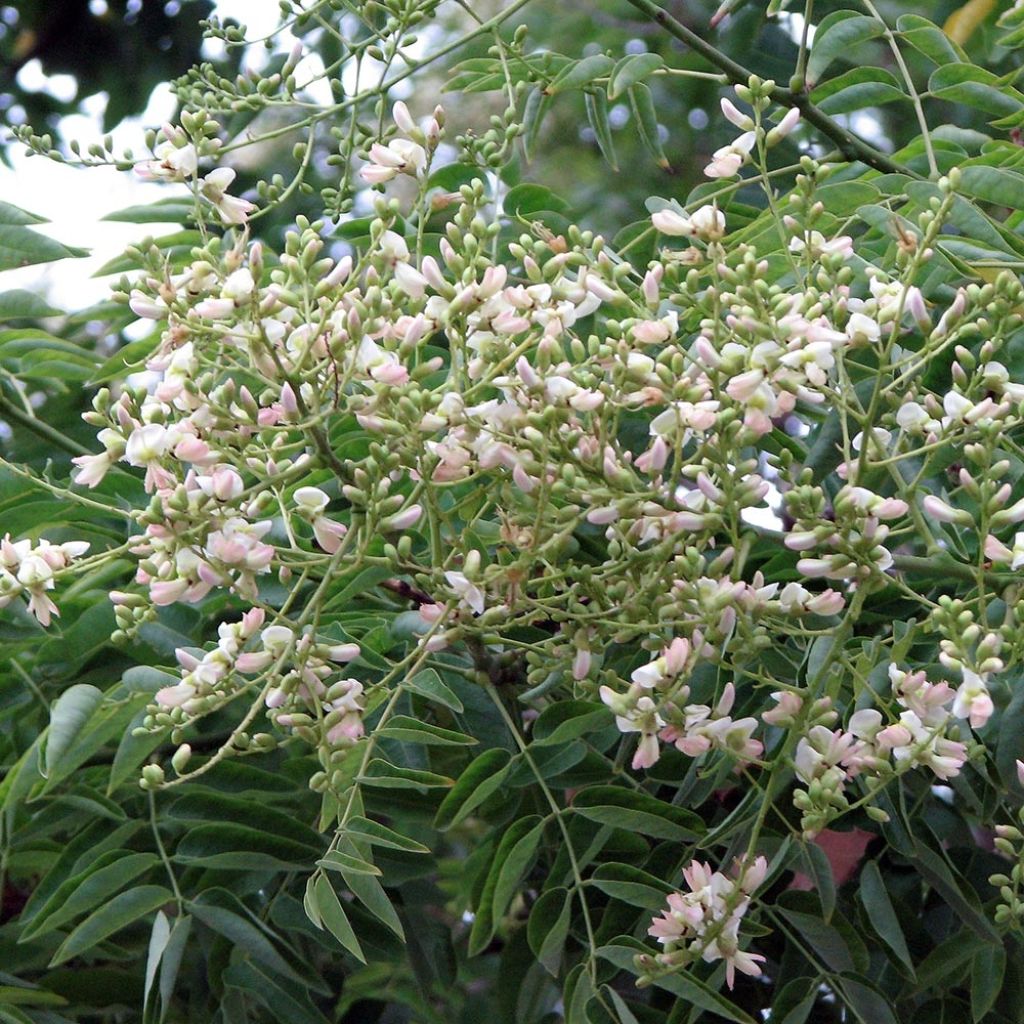

Sophora japonica
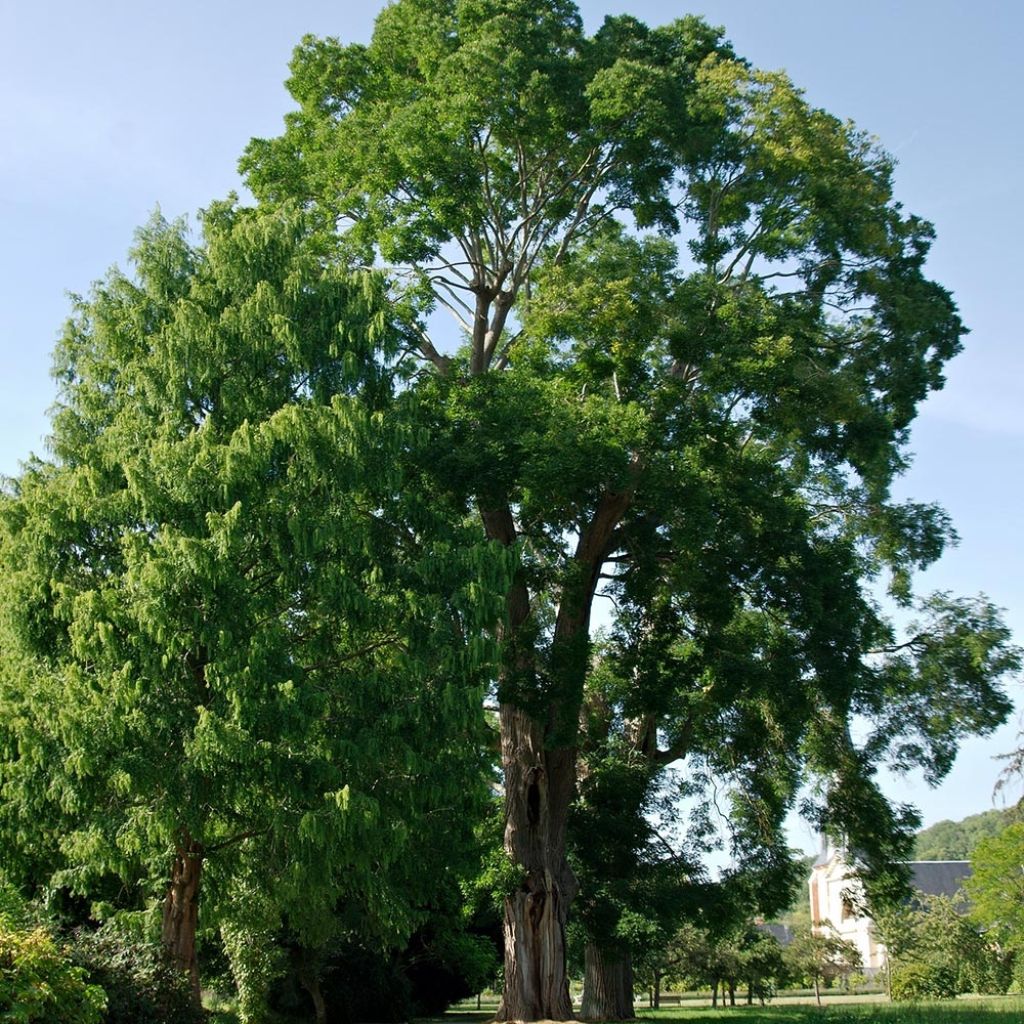

Sophora japonica
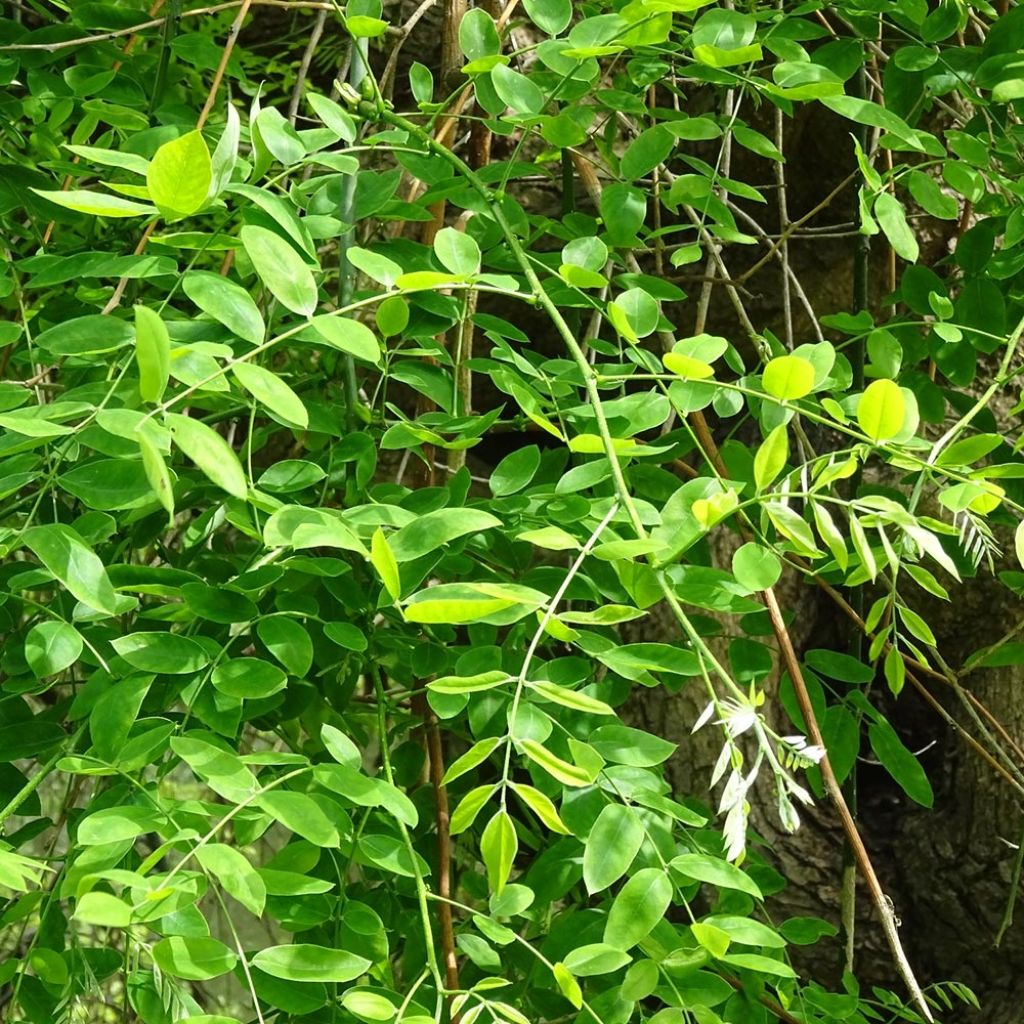

Sophora japonica
Sophora japonica
Sophora japonica
Japanese Pagoda Tree, Scholar Tree, Chinese Scholar Tree, Japanese Scholar Tree
Special offer!
Receive a €20 voucher for any order over €90 (excluding delivery costs, credit notes, and plastic-free options)!
1- Add your favorite plants to your cart.
2- Once you have reached €90, confirm your order (you can even choose the delivery date!).
3- As soon as your order is shipped, you will receive an email containing your voucher code, valid for 3 months (90 days).
Your voucher is unique and can only be used once, for any order with a minimum value of €20, excluding delivery costs.
Can be combined with other current offers, non-divisible and non-refundable.
Home or relay delivery (depending on size and destination)
Schedule delivery date,
and select date in basket
This plant carries a 24 months recovery warranty
More information
We guarantee the quality of our plants for a full growing cycle, and will replace at our expense any plant that fails to recover under normal climatic and planting conditions.
Would this plant suit my garden?
Set up your Plantfit profile →
Description
The Sophora japonica (now renamed Styphnolobium japonicum), better known as the Japanese Pagoda Tree, Pagoda Tree, or Japanese Sophora, is a majestic, vigorous, and easy-to-grow deciduous tree, more often planted in parks and along avenues than in gardens due to its potential for significant growth, depending on the growing conditions. With a beautiful wide and ample habit, it is adorned with elegant compound foliage of a bright green colour, providing a light and pleasant shade in summer. When its long panicles of small white-cream flowers appear, after more than twenty years of cultivation and during a hot summer, its fragrance fills the surrounding air.
The Sophora japonica belongs to the Fabaceae family, or legumes, and is a relative of wisteria, black locust, and laburnum, for example. It is native to central China and Korea. In nature, this tree naturally grows in arid plains. Recognised for its beautiful appearance, this sophora tree was often planted near pagodas, which earned it its name, Pagoda Tree. It was introduced in Europe in 1747 by Father d'Incarville. Not demanding in terms of soil, as long as it is well-drained, this tree can withstand summer drought once established. Young specimens are quite sensitive to severe frosts (-10/-12°C (14/10.4 °F at worst)), but adults can withstand freezing temperatures.
With rapid growth, the Japanese Sophora can reach a height of 20 m (65 ft 7 in) and a width of 15 m (49 ft 2 in) in fertile and cool soil, although it achieves more modest dimensions in Mediterranean regions for example. The tree generally develops a relatively short trunk and a wide rounded crown: it can be as wide as it is tall. The main branches are rather upright, while the young twigs are almost horizontal. Its deciduous leaves with a shiny dark green colour on the upper side measure 15 to 30 cm (5.9 to 11.8 in) in length, comprising seven to seventeen leaflets. Their undersides are pubescent, and they turn a beautiful bright yellow colour in autumn before falling. The flowering, which only appears after twenty years of cultivation, from late summer to autumn (late July to late September) depending on the climate, takes the form of beautiful 30 cm (11.8 in)-long panicles of small white-cream flowers. The flowers are nectar-rich and fragrant. The fruits that follow are pendulous pods reminiscent of pearl necklaces. The trunk of the Pagoda Tree becomes twisted with age and has longitudinally cracked bark. Its wood is brittle, and its root system is spreading and extensive: it is best to shelter it from strong winds that could uproot it. Like many plants in the Fabaceae family, the Sophora japonica has the ability to produce nodules on its roots that host specific bacteria, allowing it to thrive in poor soils by using the nitrogen present in the air.
The Japanese Sophora will express its full splendour in a large area, as a shade tree. It will become majestic if left unpruned and will make a beautiful focal point if placed in isolation on a lawn. If you have space, combine it with other summer-flowering trees (Albizia Summer Chocolate, Eudia danielii, etc.) or autumn foliage.
The Pagoda Tree will reach its full potential during hot summers. It is a plant used in phytotherapy, with all parts having purgative properties. In the past, the flowers, leaf buds, and leaves were used to obtain yellow dye, and the fragrant flowers were used in cosmetics.
Sophora japonica in pictures
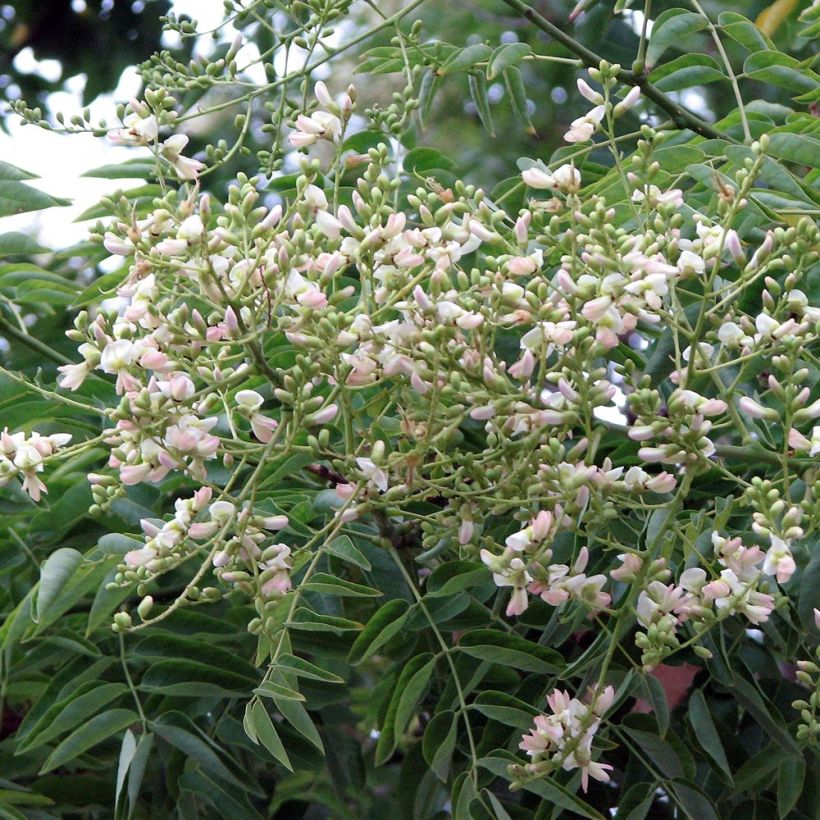

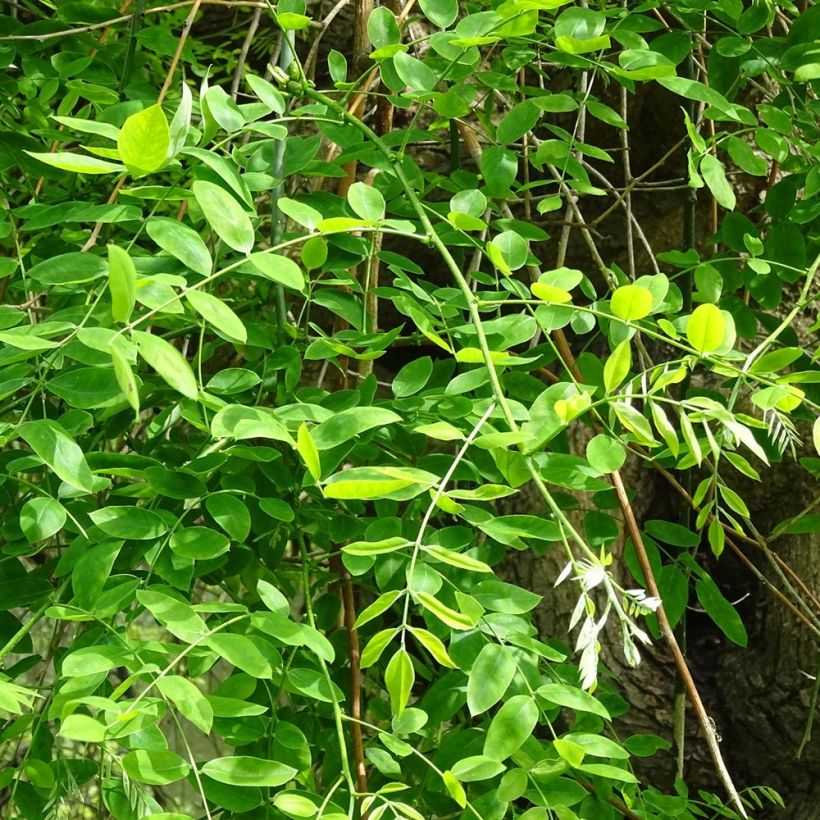

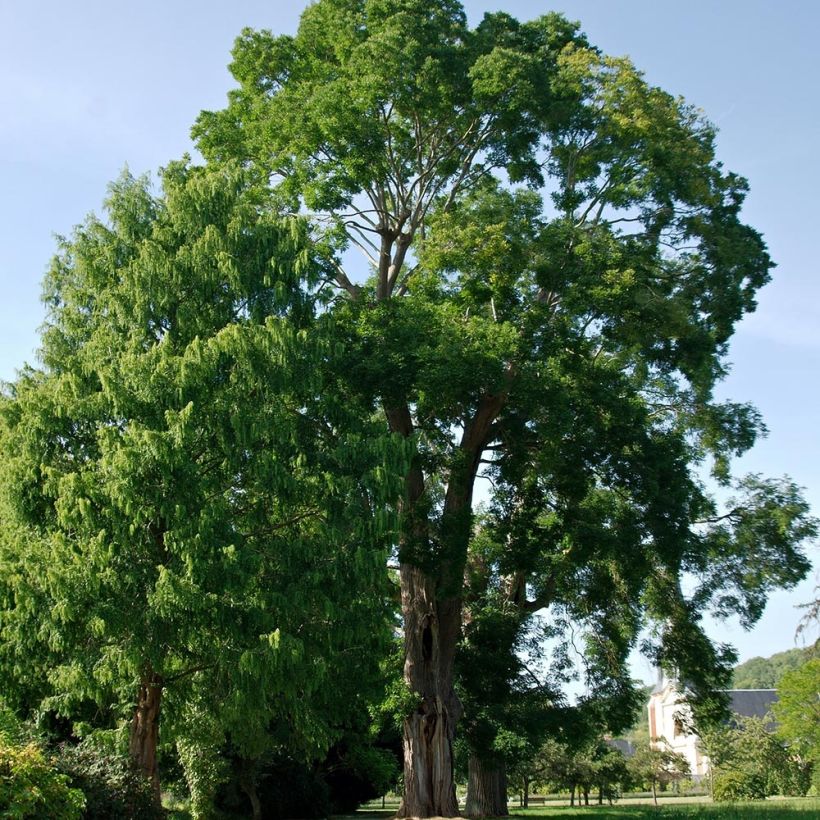

Plant habit
Flowering
Foliage
Botanical data
Sophora
japonica
Fabaceae
Japanese Pagoda Tree, Scholar Tree, Chinese Scholar Tree, Japanese Scholar Tree
China
Other Sophora
View all →Planting and care
Plant the Sophora japonica in well-drained, neutral or non-limestone, even poor soil, in a sunny position. Young plants are more sensitive to severe frosts (-10/-12°C (14/10.4 °F at worst)), but adult individuals are much hardier. Once established, the pagoda tree also tolerates summer drought and can go without watering in summer, and also withstands urban pollution very well. As its wood is brittle, it should be avoided in regions prone to strong winds. The Japanese sophora also responds well to pruning: if necessary, cut it back before the vegetation resumes, removing diseased or dead wood and tangled branches. It should be noted that this tree has a shallow and spreading root system, which dislikes being disturbed once established: choose its location carefully, taking into account its future growth.
Planting period
Intended location
Care
Planting & care advice
This item has not been reviewed yet - be the first to leave a review about it.
Similar products
Haven't found what you were looking for?
Hardiness is the lowest winter temperature a plant can endure without suffering serious damage or even dying. However, hardiness is affected by location (a sheltered area, such as a patio), protection (winter cover) and soil type (hardiness is improved by well-drained soil).

Photo Sharing Terms & Conditions
In order to encourage gardeners to interact and share their experiences, Promesse de fleurs offers various media enabling content to be uploaded onto its Site - in particular via the ‘Photo sharing’ module.
The User agrees to refrain from:
- Posting any content that is illegal, prejudicial, insulting, racist, inciteful to hatred, revisionist, contrary to public decency, that infringes on privacy or on the privacy rights of third parties, in particular the publicity rights of persons and goods, intellectual property rights, or the right to privacy.
- Submitting content on behalf of a third party;
- Impersonate the identity of a third party and/or publish any personal information about a third party;
In general, the User undertakes to refrain from any unethical behaviour.
All Content (in particular text, comments, files, images, photos, videos, creative works, etc.), which may be subject to property or intellectual property rights, image or other private rights, shall remain the property of the User, subject to the limited rights granted by the terms of the licence granted by Promesse de fleurs as stated below. Users are at liberty to publish or not to publish such Content on the Site, notably via the ‘Photo Sharing’ facility, and accept that this Content shall be made public and freely accessible, notably on the Internet.
Users further acknowledge, undertake to have ,and guarantee that they hold all necessary rights and permissions to publish such material on the Site, in particular with regard to the legislation in force pertaining to any privacy, property, intellectual property, image, or contractual rights, or rights of any other nature. By publishing such Content on the Site, Users acknowledge accepting full liability as publishers of the Content within the meaning of the law, and grant Promesse de fleurs, free of charge, an inclusive, worldwide licence for the said Content for the entire duration of its publication, including all reproduction, representation, up/downloading, displaying, performing, transmission, and storage rights.
Users also grant permission for their name to be linked to the Content and accept that this link may not always be made available.
By engaging in posting material, Users consent to their Content becoming automatically accessible on the Internet, in particular on other sites and/or blogs and/or web pages of the Promesse de fleurs site, including in particular social pages and the Promesse de fleurs catalogue.
Users may secure the removal of entrusted content free of charge by issuing a simple request via our contact form.
The flowering period indicated on our website applies to countries and regions located in USDA zone 8 (France, the United Kingdom, Ireland, the Netherlands, etc.)
It will vary according to where you live:
- In zones 9 to 10 (Italy, Spain, Greece, etc.), flowering will occur about 2 to 4 weeks earlier.
- In zones 6 to 7 (Germany, Poland, Slovenia, and lower mountainous regions), flowering will be delayed by 2 to 3 weeks.
- In zone 5 (Central Europe, Scandinavia), blooming will be delayed by 3 to 5 weeks.
In temperate climates, pruning of spring-flowering shrubs (forsythia, spireas, etc.) should be done just after flowering.
Pruning of summer-flowering shrubs (Indian Lilac, Perovskia, etc.) can be done in winter or spring.
In cold regions as well as with frost-sensitive plants, avoid pruning too early when severe frosts may still occur.
The planting period indicated on our website applies to countries and regions located in USDA zone 8 (France, United Kingdom, Ireland, Netherlands).
It will vary according to where you live:
- In Mediterranean zones (Marseille, Madrid, Milan, etc.), autumn and winter are the best planting periods.
- In continental zones (Strasbourg, Munich, Vienna, etc.), delay planting by 2 to 3 weeks in spring and bring it forward by 2 to 4 weeks in autumn.
- In mountainous regions (the Alps, Pyrenees, Carpathians, etc.), it is best to plant in late spring (May-June) or late summer (August-September).
The harvesting period indicated on our website applies to countries and regions in USDA zone 8 (France, England, Ireland, the Netherlands).
In colder areas (Scandinavia, Poland, Austria...) fruit and vegetable harvests are likely to be delayed by 3-4 weeks.
In warmer areas (Italy, Spain, Greece, etc.), harvesting will probably take place earlier, depending on weather conditions.
The sowing periods indicated on our website apply to countries and regions within USDA Zone 8 (France, UK, Ireland, Netherlands).
In colder areas (Scandinavia, Poland, Austria...), delay any outdoor sowing by 3-4 weeks, or sow under glass.
In warmer climes (Italy, Spain, Greece, etc.), bring outdoor sowing forward by a few weeks.






























